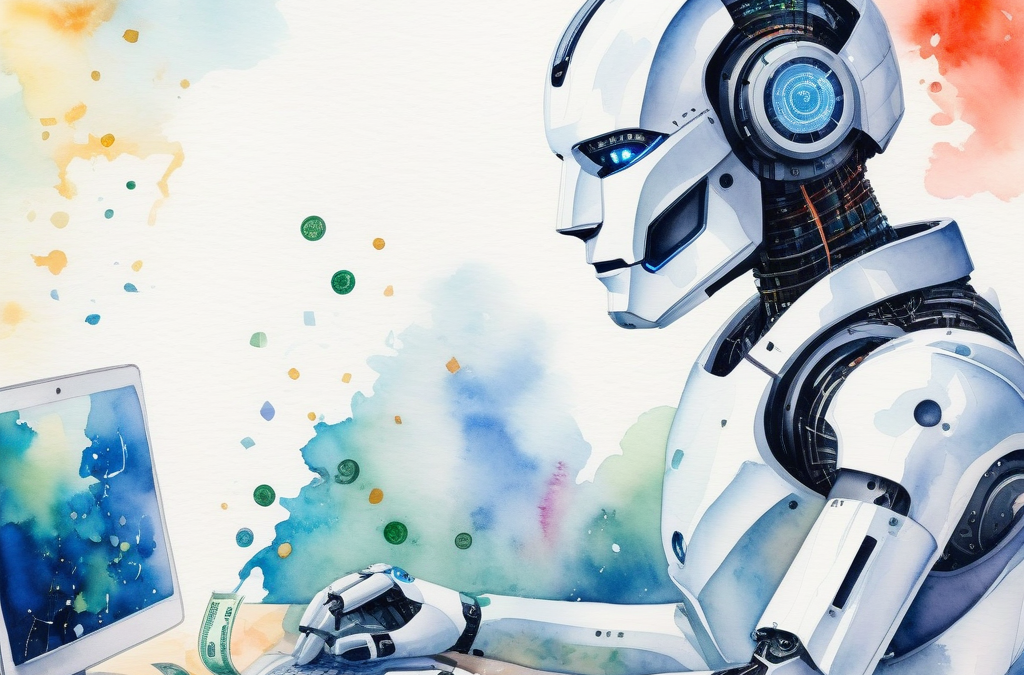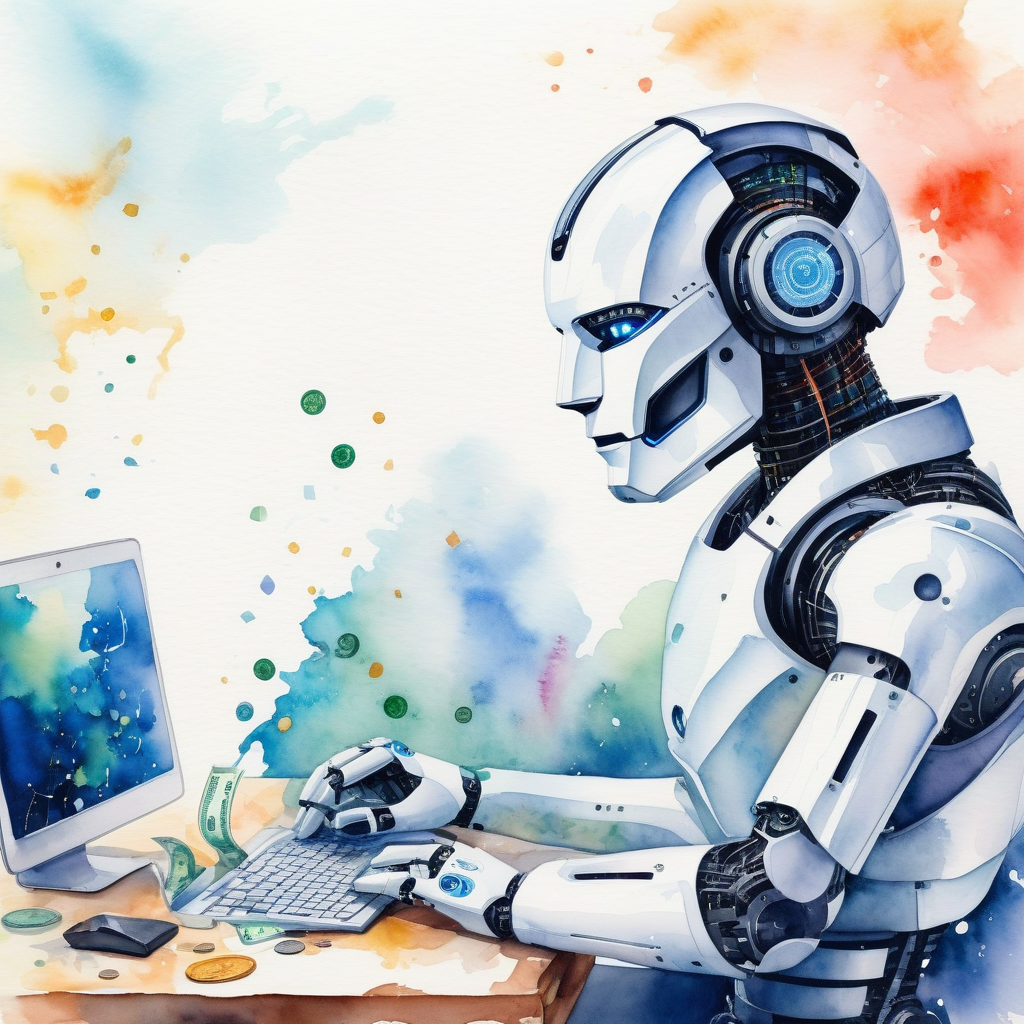Embrace the power of early mornings to enhance your productivity and achieve your dreams.Discover the benefits of waking up at 5AM and how it can set you apart.Master your mornings with a structured routine that fuels success.Waking up at 5AM can be a game-changer for...

Wake up at 5AM Everyday , this will change your life

Transform Your Life with a 5AM Start
Unlock Your Full Potential Every Morning
Embrace the power of early mornings to enhance your productivity and achieve your dreams.
Early Riser Advantage
Discover the benefits of waking up at 5AM and how it can set you apart.
Morning Mastery
Master your mornings with a structured routine that fuels success.

Why Wake Up at 5AM?
Key Features of a 5AM Routine
Enhanced Productivity
Starting your day early gives you uninterrupted time to focus on important tasks, leading to increased productivity.
Improved Mental Clarity
Early mornings provide a quiet environment for meditation and reflection, enhancing mental clarity and focus.
Time for Personal Growth
Use the extra morning hours for reading, exercise, or learning new skills, fostering personal and professional growth.
Life-Changing Testimonials
★★★★★
“Waking up at 5AM has transformed my productivity and mindset. I feel more energized and focused throughout the day.”

Aaron Smith
Software Engineer
★★★★★
“Since adopting the 5AM habit, I’ve been able to dedicate more time to personal growth and skill development.”

Joan Felix
Project Manager
★★★★★
“The early start has given me a head start on my goals and improved my overall well-being.”

Raque Misl
Electrical Engineer
Steps to Embrace the 5AM Habit
Transitioning to a 5AM wake-up time can be a game-changer for your personal and professional life. Follow these steps to make it a seamless shift.
1
Start Gradually
Begin by waking up 15 minutes earlier each day until you reach your desired time.
2
Establish a Night Routine
Wind down with calming activities and ensure you get 7-8 hours of sleep.
3
Create a Morning Ritual
Incorporate activities like meditation, exercise, or journaling to start your day positively.
4
Stay Consistent
Maintain your new schedule even on weekends to solidify the habit.
Explore Our Blog

Wake up at 5AM Everyday , this will change your life

Affect of grooming in a Technical Interview
Discover how grooming can significantly influence your success in technical interviews and set you apart from other candidates.In the high-stakes environment of technical interviews, grooming plays a pivotal role in shaping a candidate's first impression. While...

The Future of Industrial Automation: Trends and Predictions
Discover how mastering industrial automation can propel your engineering career to new heights. Embrace the skills that industries demand and secure your dream job.Industrial automation is transforming the landscape of engineering, creating a demand for skilled...







